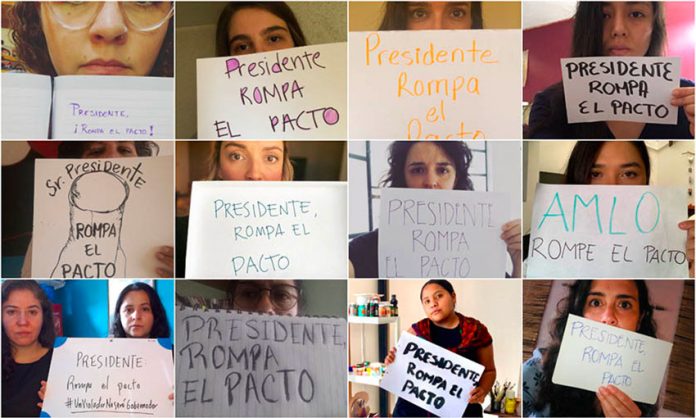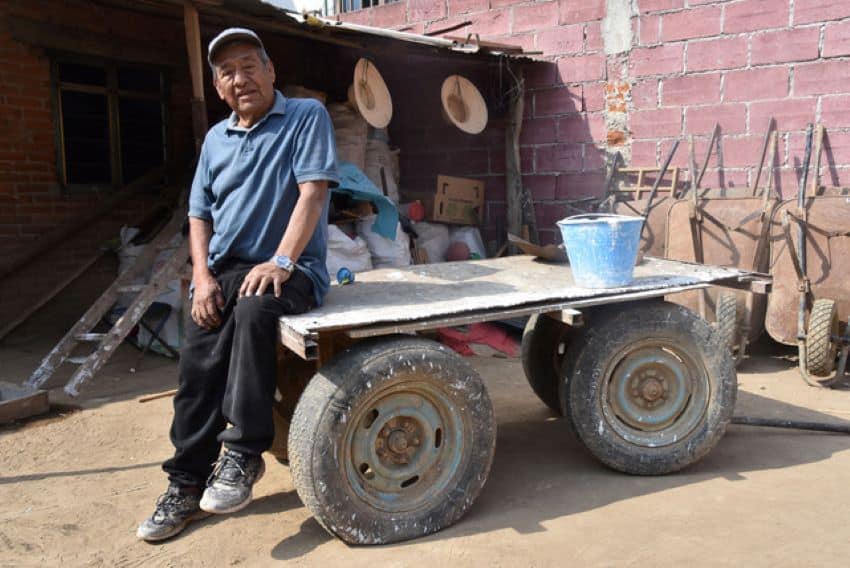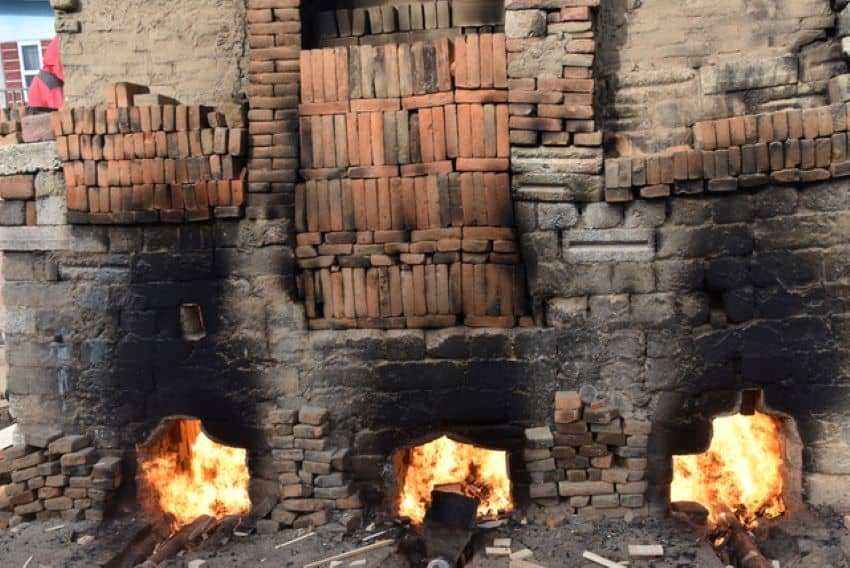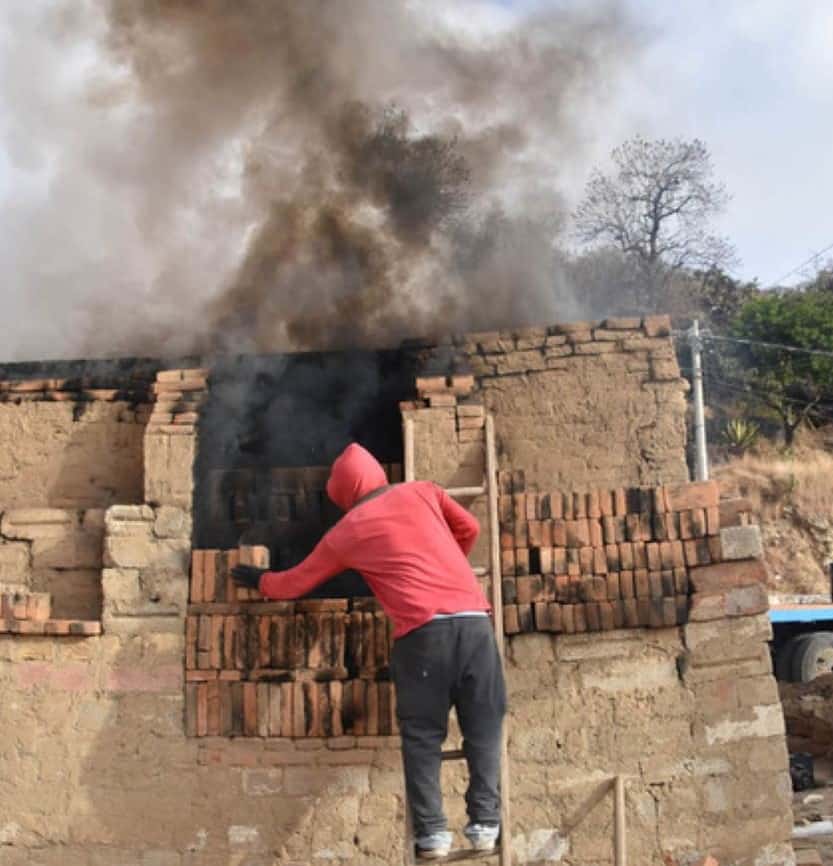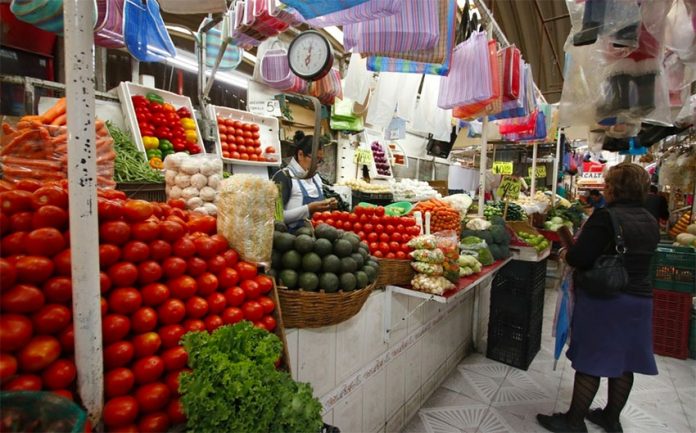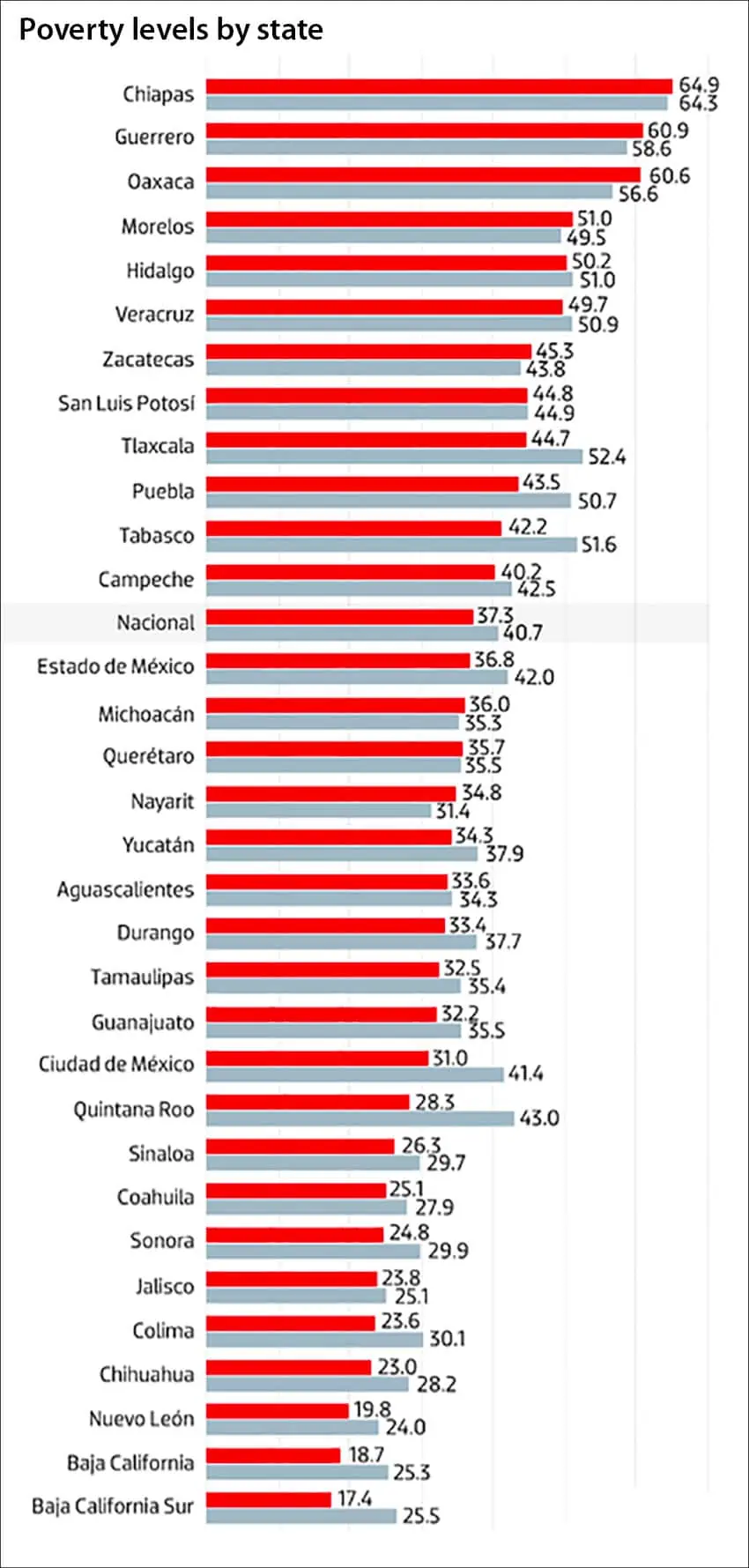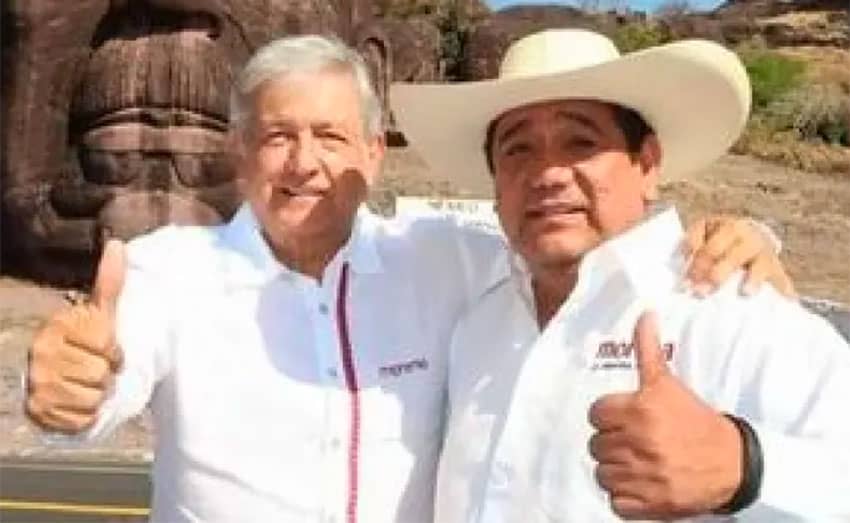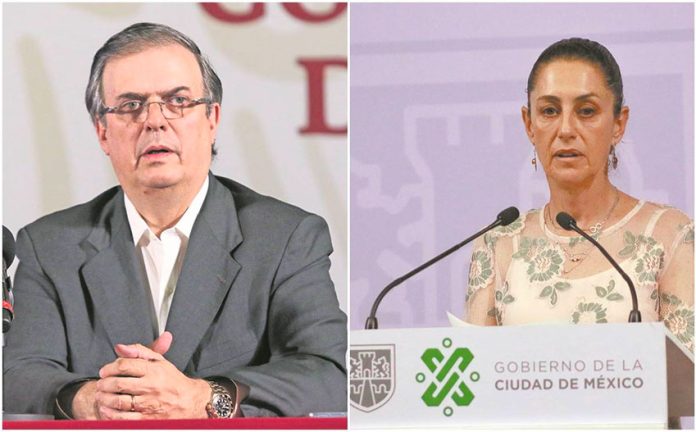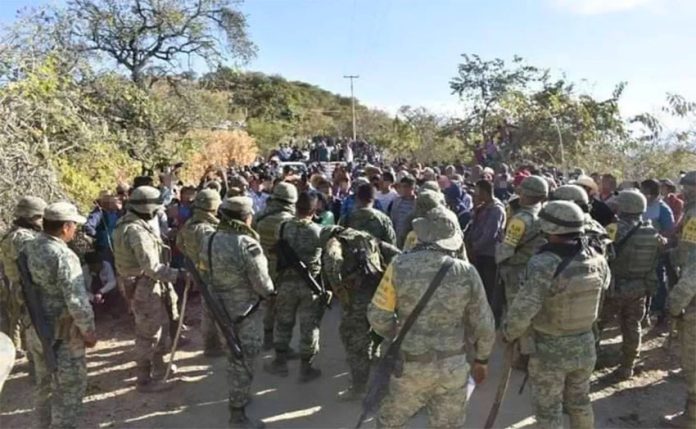Thousands of Mexicans including actors, writers, politicians, activists and everyday citizens are demanding that President López Obrador withdraw his support for a gubernatorial candidate accused of rape, urging him to dump the political aspirant and “break the chauvinist pact.”
Félix Salgado Macedonio, a former senator accused of raping a teenage girl in 1998 and a woman in 2016, remains the ruling Morena party’s candidate for governor in Guerrero even though he is being investigated by authorities and is the subject of an internal party probe.
Sharp divisions have emerged within Morena over whether Salgado is the right person to contest the June 6 election but he retains the support of the party’s highest ranking official, national president Mario Delgado, and López Obrador.
AMLO, as the president is best known, has claimed that the accusations the 64-year-old former mayor of Acapulco faces are politically motivated and a product of the electoral season.
He presented a similar defense on Wednesday and again Thursday, calling on people to stop politicking and avoid “media lynchings” and asserting that people should trust the party process that was used to select Salgado as candidate.
“We have to have confidence in the people, it’s the people who decide. If polls are taken and and the people say ‘I agree with this colleague [being candidate],’ I think that must be respected. Politics is a matter for everyone, not just the elites,” López Obrador said.
After AMLO’s latest remarks, the hashtag #PresidenteRompaElPacto, or #PresidentBreakThePact, became a trending topic on Twitter as large numbers of people took to the social media platform to denounce his ongoing support for Salgado. Many Twitter users uploaded photos in which they appeared holding signs emblazoned with the same message.
“This is the opportunity for the president and Morena to show that they really are different and decent. Don’t make pacts with machismo endorsing a candidate like Félix Salgado,” wrote Alma Delia Murillo, a writer.
“To López Obrador and (Morena leader) Mario Delgado we say: break the pact #ARapistWon’tBeGovernor #NoAggressorInPower,” wrote Daniela Malpica, founder of Justicia Transicional México, an advocacy organization.
Feminist groups, actors such as Regina Blandón, Anabel Ferreira, José María Yazpik and Pedro de Tavira, lawmakers and thousands of ordinary Mexicans used the “break the pact” hashtag to demand support for Salgado be withdrawn.
“He [López Obrador] doesn’t just give him his complete support but also offends the victim, which is very disturbing,” said lawyer Patricia Olamendi, referring to remarks made by the president that called into question the veracity of the accusations against Salgado.
Female members of the National Action Party, the main opposition party, published a statement expressing their “complete rejection” of Salgado’s candidacy and denouncing the president’s support for an alleged rapist.
“We will not stop pointing out the violent chauvinism that both President Andrés Manuel López Obrador and the national Morena leader, Mario Delgado, exercise by ignoring, minimizing and rejecting the accusations against Salgado Macedonio,” the statement said.
The newspaper Reforma reported that feminist collectives will file a challenge on Thursday against the Electoral Institute of Guerrero’s registration of Salgado as a candidate and hold a protest march against his candidacy.
Guerrero is one of 15 states where gubernatorial elections will be held on June 6. Citizens across Mexico will vote on the same date to renew the entire 500-seat lower house of Congress, in which a coalition led by Morena currently has a majority.
